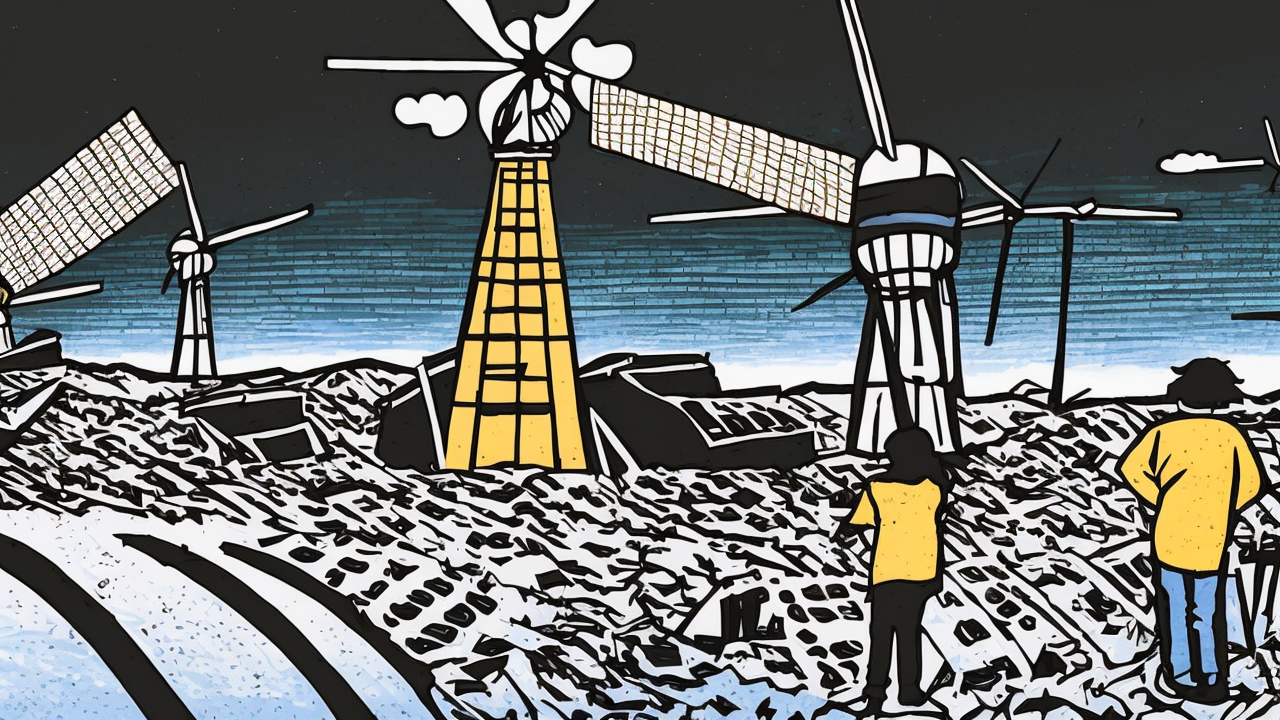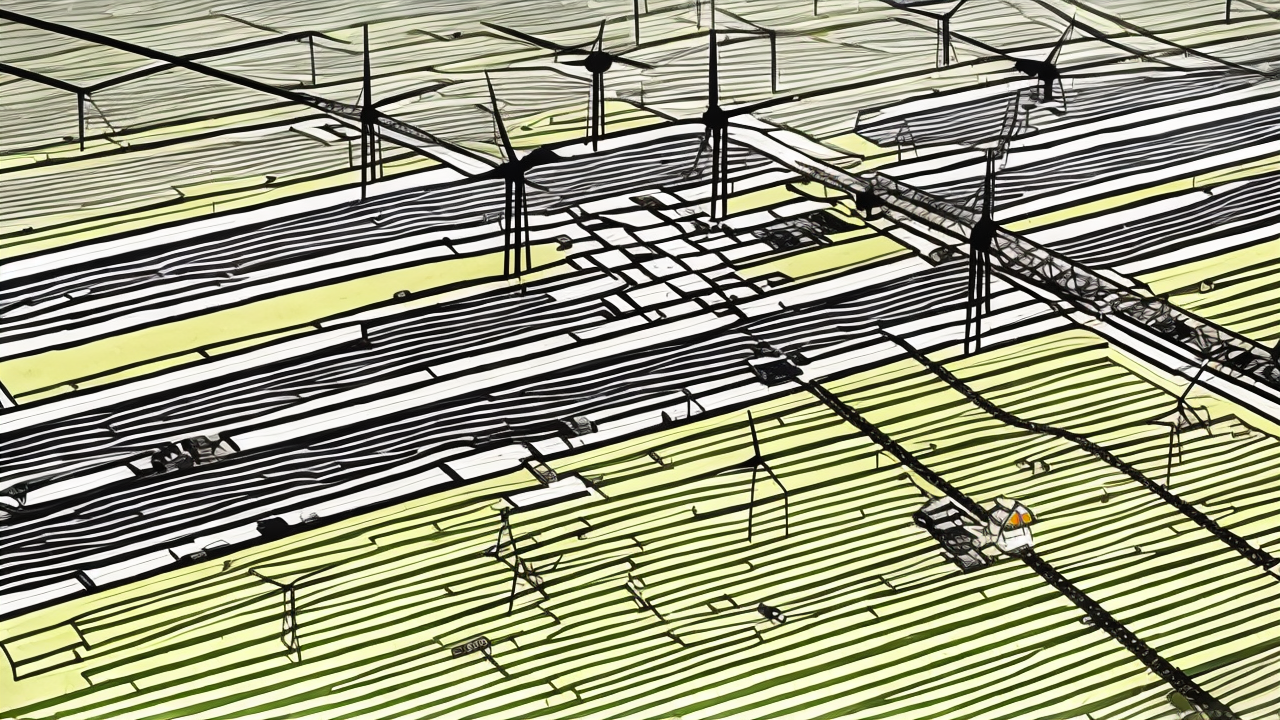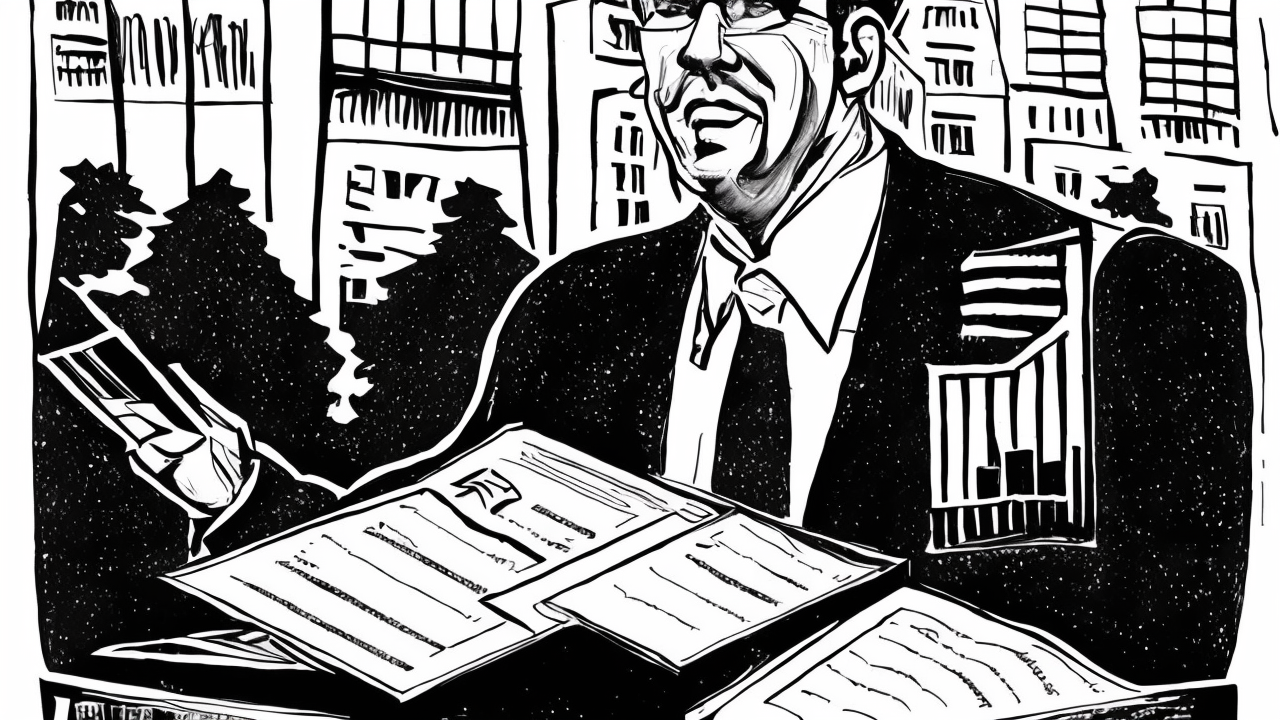Wind and Solar Projects Leave Taxpayers Burdened, Experts Warn

The United States has invested heavily in wind and solar energy projects over the past decade, often with the promise of cleaner air and energy independence. Yet behind the headlines and political enthusiasm lies a growing concern: the long-term financial burden these projects may impose on taxpayers. With nearly 1,400 utility-scale wind farms and more than 6,700 solar installations across the country, the scale of this infrastructure is unprecedented. But every technology has a lifespan—and when that ends, the costs of removal and disposal must be accounted for.
Most wind turbines are designed to operate for about 20 to 25 years. Many are now approaching or have already passed that threshold. Solar panels, while lasting longer, degrade over time and will generate millions of tons of waste in the coming decade. By 2030, experts estimate over one million tons of solar panel waste could accumulate. Unfortunately, recycling infrastructure remains underdeveloped. Only about 10% of solar panels are currently recycled, meaning the vast majority will end up in landfills unless better systems are put in place.
Proponents often claim that companies are contractually obligated to cover decommissioning costs. Yet real-world outcomes tell a different story. Since 2021, more than 100 solar companies have filed for bankruptcy, leaving behind abandoned equipment and incomplete cleanup plans. When a company dissolves, the responsibility for removal often falls to state or local governments—and ultimately, to taxpayers. This was starkly illustrated when the Biden administration waived financial assurances for the Vineyard Wind project, a major offshore wind development. That decision exposed the public to a potential liability of nearly $200 million in cleanup costs, should the developer fail.
The financial commitment from taxpayers has already been immense. From 2010 to 2023, the federal government allocated over $76 billion to solar projects and $65 billion to wind energy. These subsidies were justified as investments in a sustainable future. But with projected decommissioning and waste management costs reaching $421 billion in the decades ahead, the question arises: are these investments truly sustainable, or are they simply shifting costs to future generations?
This pattern reflects a deeper issue in how public resources are managed. When government funds are used to support technologies that rely on private contractors who may not survive the long-term, the public bears the risk. It is not merely a matter of environmental policy—it is one of fiscal prudence and stewardship. Every dollar spent must be weighed against its long-term consequences.
True progress in energy policy should be measured not just by how much is built, but by how responsibly it is maintained and retired. A nation that values hard work, accountability, and sound financial practices cannot afford to ignore the long-term costs of its energy choices. Reliability and sustainability must go hand in hand. Overreliance on intermittent sources, backed by uncertain private commitments, undermines energy security and economic stability.
Rather than pushing forward with projects that promise much but deliver uncertain outcomes, policymakers should focus on solutions that prioritize long-term responsibility. This means strengthening requirements for financial assurances, investing in recycling infrastructure, and supporting energy sources that provide consistent, predictable power. It also means recognizing that not all government spending leads to better outcomes—and that careful planning is just as important as bold ambition.
A healthy economy and a strong society depend on wise stewardship of resources. As we look to the future, we must remember that progress is not just about what we build, but how we maintain it. By choosing policies grounded in accountability, transparency, and long-term planning, we honor our duty to current and future generations.
Published: 10/14/2025








